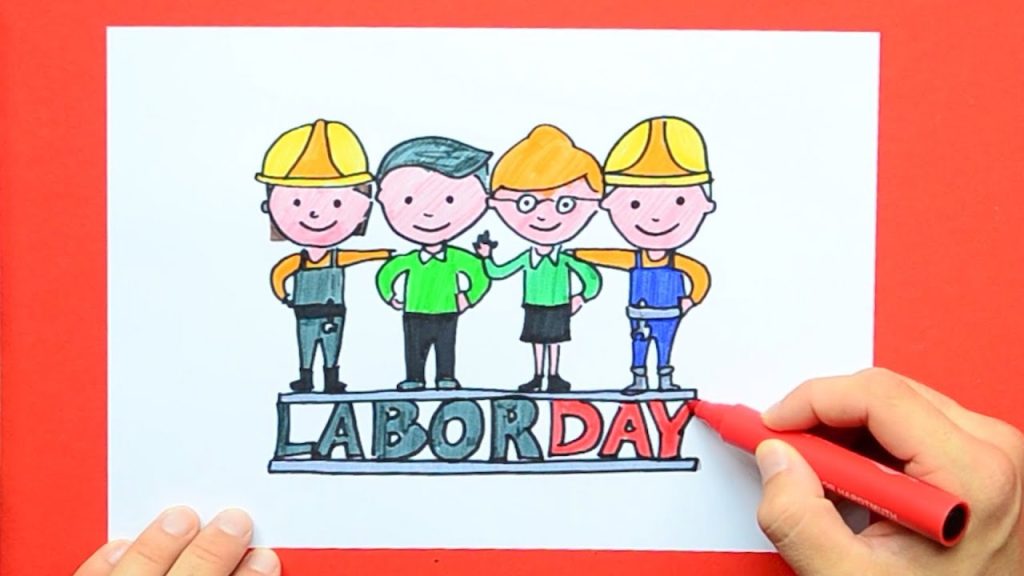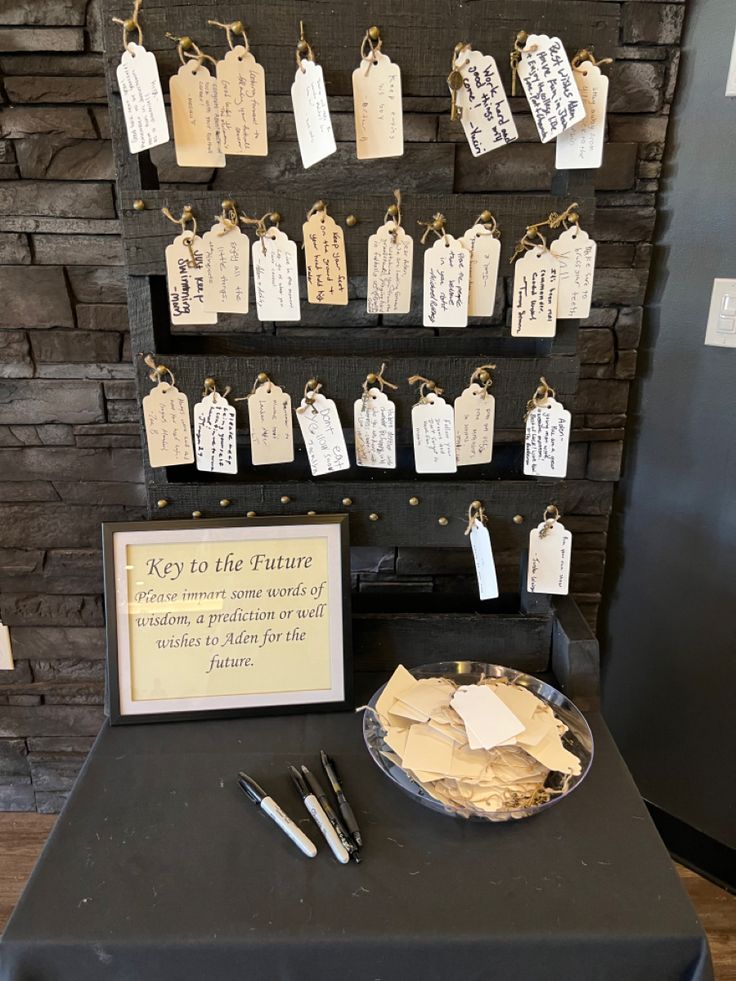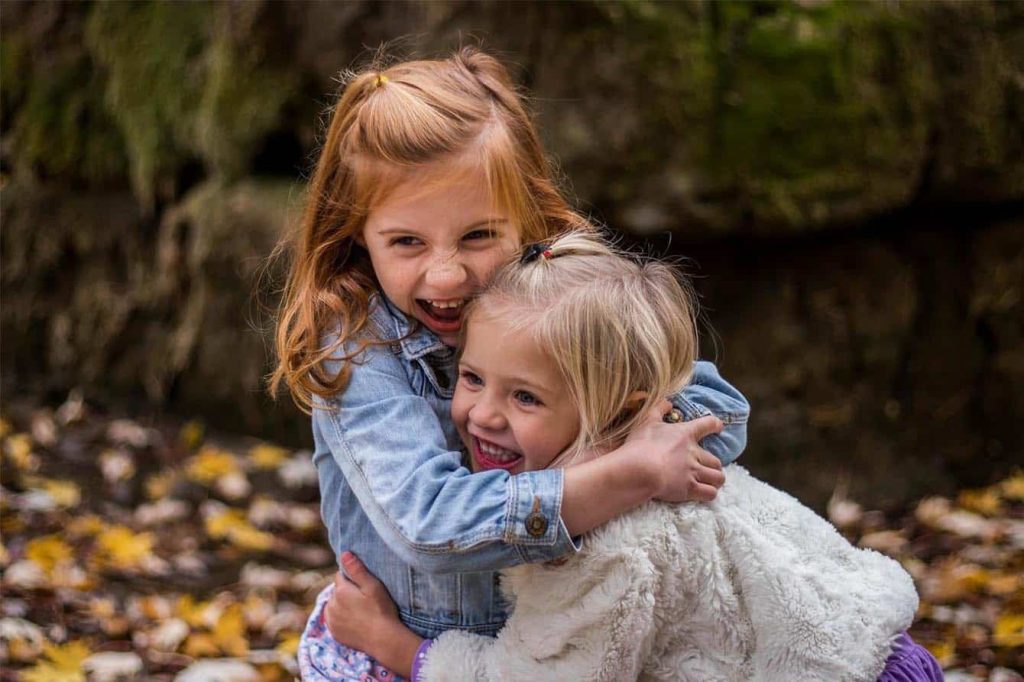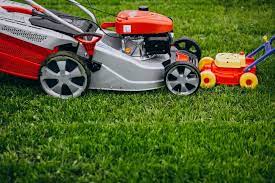Introduction:
A great bedtime story is an essential part of any child’s nighttime routine. There’s something comforting about winding down after a long day with a beautifully illustrated, enchanting tale. These 26 books are guaranteed to lull your little ones into a peaceful slumber and set them off to dreamland. In no particular order, here are our top recommendations.
1. Goodnight Moon by Margaret Wise Brown
2. The Going to Bed Book by Sandra Boynton
3. Guess How Much I Love You by Sam McBratney
4. The Sleepy Little Alphabet by Judy Sierra
5. Time for Bed by Mem Fox
6. The Napping House by Audrey Wood
7. Good Night Construction Site by Sherri Duskey Rinker
8. The Very Hungry Caterpillar’s 8 Nights of Chanukah by Eric Carle
9. The Pout-Pout Fishby Deborah Diesen
10. Sleepy Kittens (Despicable Me) by Cinco Paul & Ken Daurio
11. Shhh! This Book is Sleeping by Cedric Ramadier & Igor Polouchine
12. The Rabbit Who Wants To Fall Asleep by Carl-Johan Forssén Ehrlin
13. Llama Llama Red Pajama by Anna Dewdney
14. The Berenstain Bears’ Sleepover by Jan & Mike Berenstain
15. Night Animals by Gianna Marino
16. Bedtime for Peppa by Scholastic & Neville Astley (Illustrator)
17. Where the Wild Things Are by Maurice Sendak
18. My Mommy is Magic by Carl Norac & Ingrid Godon (Illustrator)
19. Lego Batman: An Epic Adventure Collection- Spider-Man: Homecoming – Marvel Studios: Fun & Easy-to-Read Mighty Marvel Cinematic Universe Storybooks
20. The Land of Nod by Robert Louis Stevenson & Robert Hunter (Illustrator)
21. I Love You, Stinky Face by Lisa McCourt
22. How Do Dinosaurs Say Goodnight? by Jane Yolen
23. Love You Forever by Robert Munsch & Sheila McGraw (Illustrator)
24. The Ruby Red Slippers by Deborah Guarino & Steven Kellogg (Illustrator)
25. Frog and Toad Are Friends by Arnold Lobel
26. Harry Potter and the Philosopher’s Stone by J.K. Rowling
Conclusion:
As you can see, there is a fantastic variety of bedtime stories to explore with your little one – from heartwarming tales of love and affection to exciting tales of adventure that will surely ignite your child’s imagination. Go ahead and make bedtime stories a nightly tradition in your home, as you bond with your child over these beloved tales while easing them into a restful sleep. Sweet dreams!











